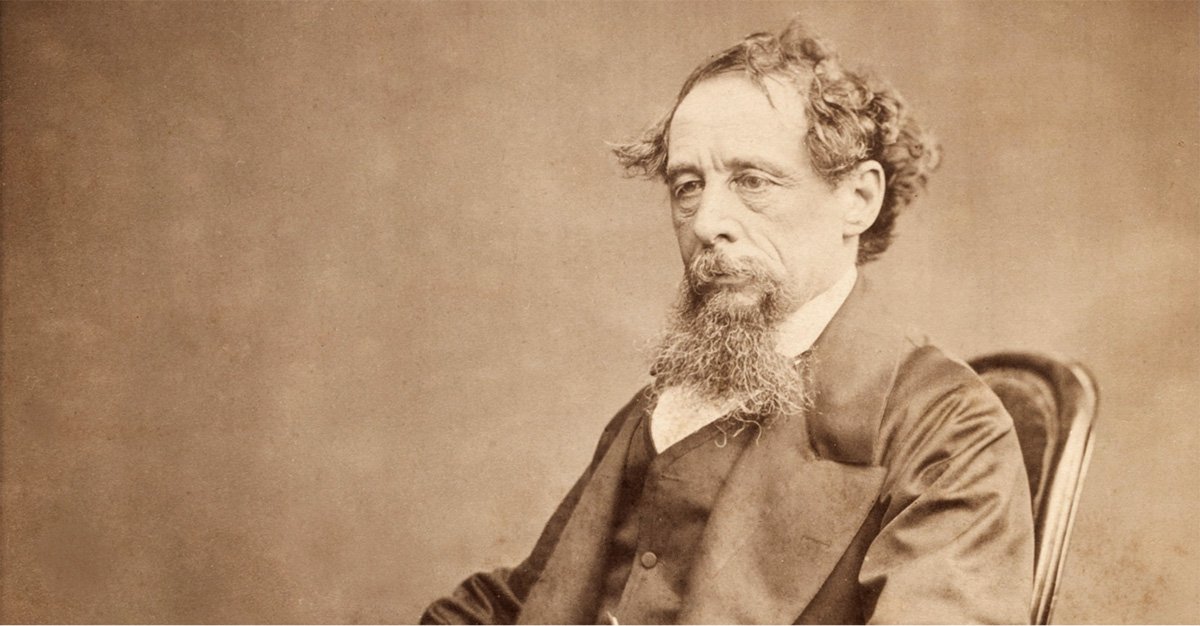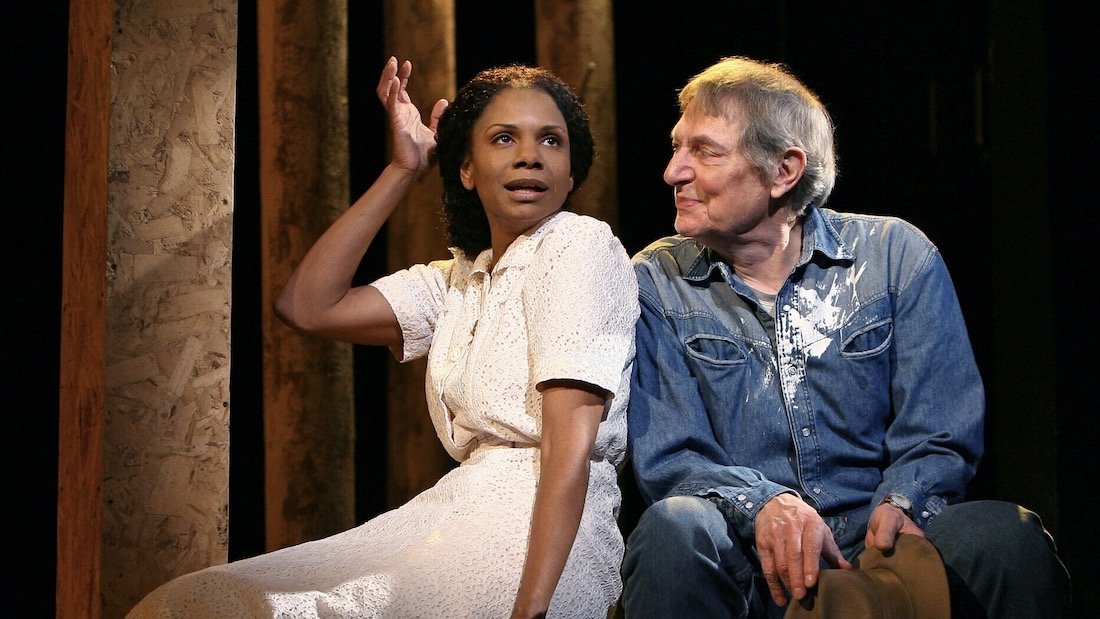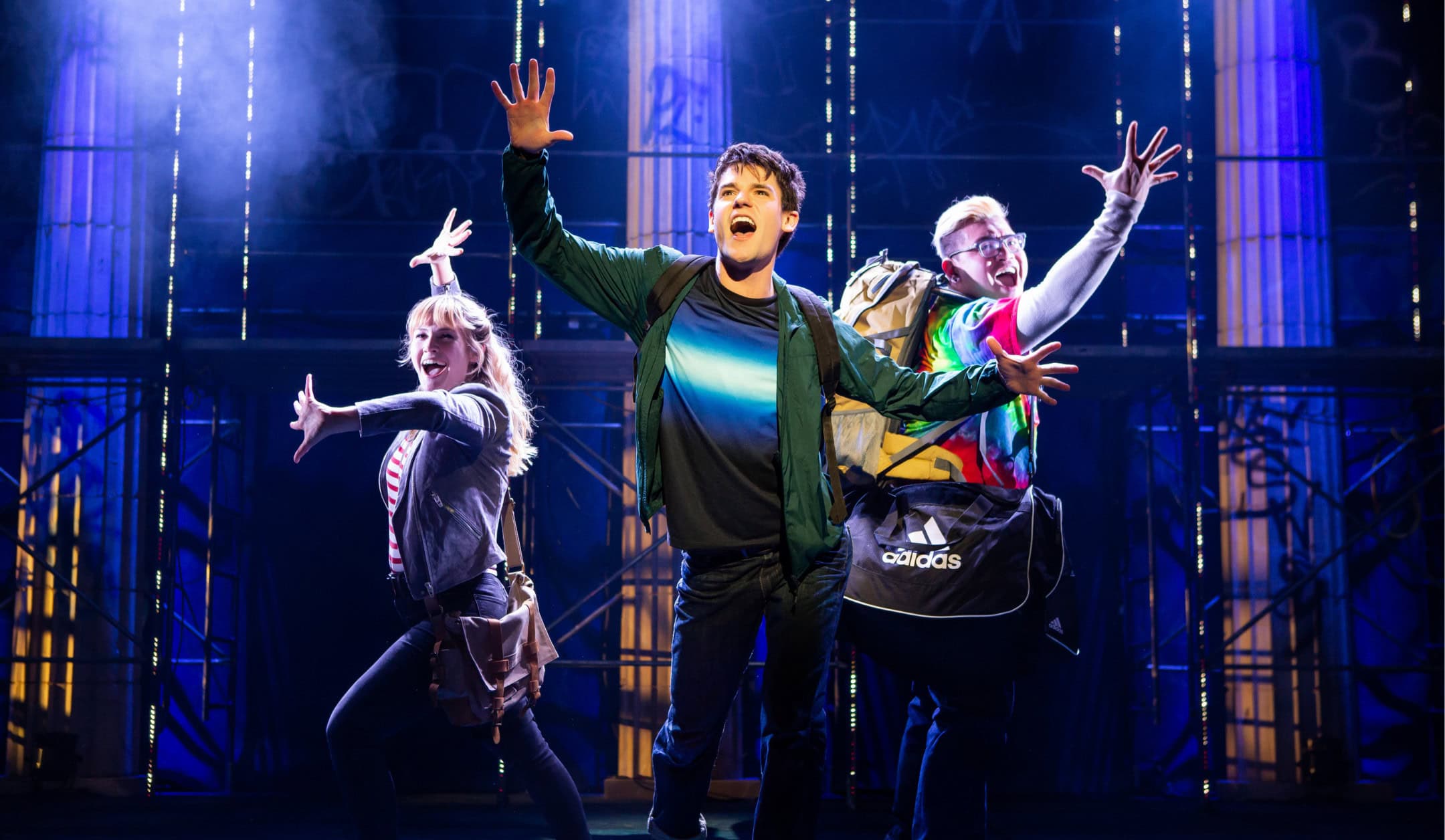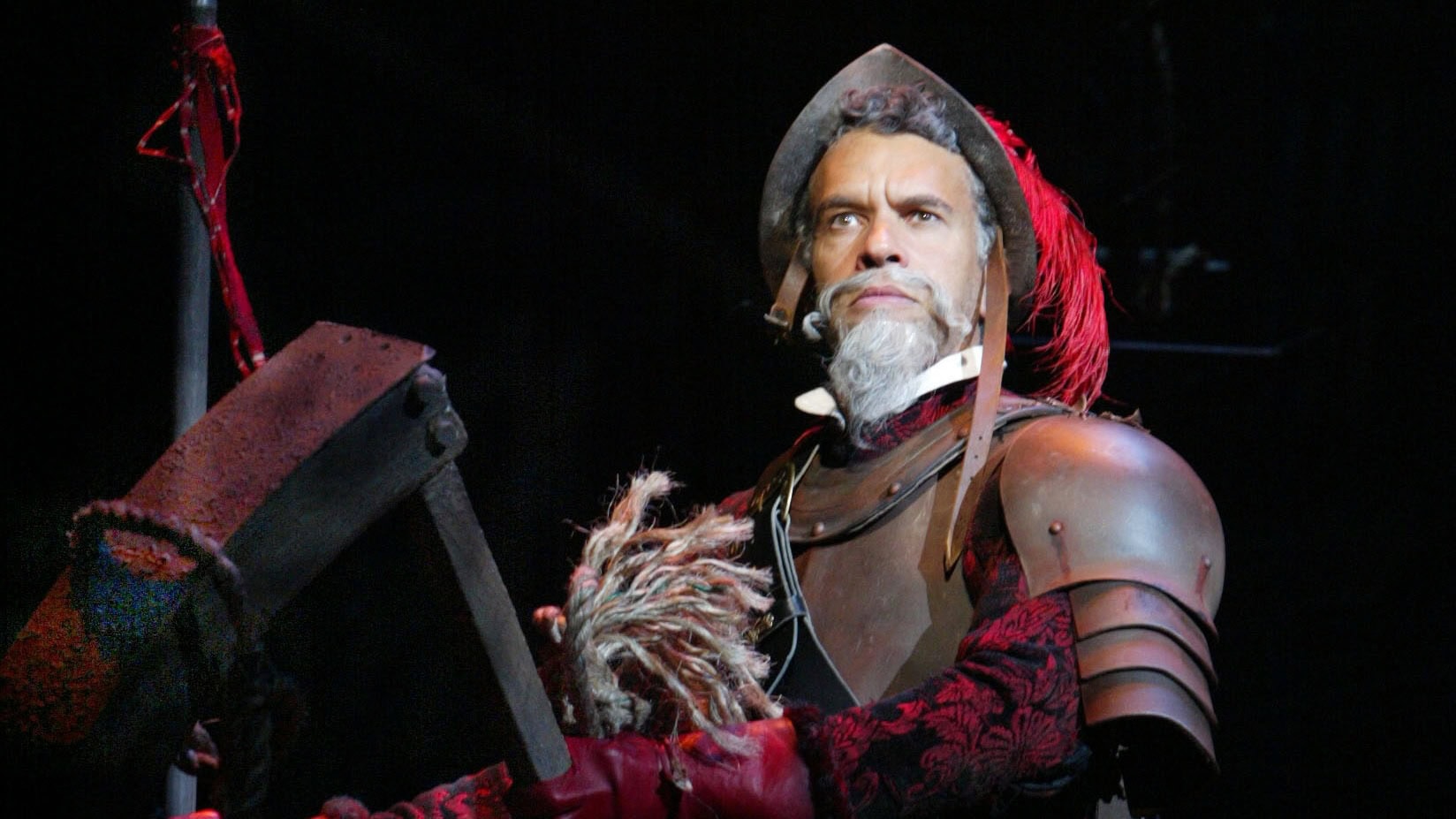
One hundred and fifty years have passed since the death of England’s most popular author, Charles Dickens. The prolific and beloved writer died at age 58 on June 9, 1870, shortly after a stroke – and midway through the writing of his final novel, The Mystery of Edwin Drood. The tale of that novel’s development is almost as intriguing as its plot.
…
In 1868 and early 1869, Dickens had toured England, Scotland and Ireland in a series of “farewell readings.” After delivering 75 of the 100 scheduled events, the author suffered a stroke on April 18, 1869 in Chester. Advised to end his traveling, he returned to London and began work on a suspense tale, The Mystery of Edwin Drood. Though his health deteriorated, Dickens continued writing and publishing installments of the novel, making occasional public appearances in London.
A year later, on June 8, 1870, after a full day at home writing Edwin Drood, Dickens suffered another stroke. He never regained consciousness and he died the next day.
Confoundingly, the solution to his mystery died with him. Dickens had only completed six of the twelve planned installments of Drood, leaving no outline or detailed plan for the remainder of his tale. Readers and critics, who had followed the story in its serial publication, were left to resolve the whodunit on their own.
Several resourceful writers did just that, and within three years, three separate “completed” editions appeared – all in the U.S. One of those authors, a Vermont printer named Thomas Power James, claimed to have channeled the spirit of Charles Dickens, making his 1873 novel literally “ghost-written.”
Several stage versions appeared as well, but the most successful was created over a century after Dickens drew his last breath.
In 1985, a musical adaptation of The Mystery of Edwin Drood, with book, music and lyrics by Rupert Holmes, took Broadway by storm, winning five 1986 Tony Awards, including Best Musical, Best Book and Best Score. The musical, presented as a show-within-a-show, added a new framing device: The Music Hall Royale, a delightfully loony Victorian theatre company, presents Dickens’ brooding mystery to a rowdy live audience.
Hosted by a charming emcee known as the Chairman, the show hums along swimmingly until a moment in the second act when, right in the middle of a musical number, the performers and orchestra abruptly cease. As the orchestra members frantically thumb through their music and the actors look around helplessly, the Chairman steps forward and says, “Ladies and gentlemen, it was at this point in our story that Mr. Charles Dickens laid down his pen forever.”
From there, the playful whodunit invites the audience to solve its mystery by choosing the identity of the murderer.
2012 Broadway production of The Mystery of Edwin Drood (Joan Marcus)
In the US, Concord Theatricals licenses two versions of Rupert Holmes’ musical adaptation of The Mystery of Edwin Drood.
The original licensed version of Drood, based on the U.S. national tour after the original Broadway run, features a few numbers not heard on the celebrated 1986 cast recording, including “A British Subject,” “England Reigns,” and “A Private Investigation.” A tighter, shorter version of the Broadway version, this script omits several songs heard on Broadway (“A Man Could Go Quite Mad,” “Quartet Reprise: Moonfall,” “Ceylon” and “Settling Up the Score”). However, productions are welcome to include those songs; they are optional additions and are included in an addendum to the manuscript score.
Since the audience chooses the show’s ending, the manuscript score also includes five versions of “Out on a Limerick” (the Detective’s song) and seven versions of the “Murderer’s Confession.”
The new Broadway Revival Version features updated content and reflects the show as it was performed by the 2012 Broadway cast. This version restores the songs “A Man Could Go Quite Mad,” “Quartet Reprise: Moonfall,” “Ceylon” and “Settling Up the Score” to the text; there is no addendum. The song “A British Subject” remains, but “England Reigns” and “A Private Investigation” are cut and replaced with a new song, “An English Music Hall.”
The Revival Version also features a pristine computer-engraved score, and the multiple endings are clearly organized and simple to follow.
No matter which version theatres may present, audiences will still be answering a question first asked 150 years ago: “Who murdered Edwin Drood?” Charles Dickens knew, but a century and a half later, the rest of us can only guess.
…
For more information about The Mystery of Edwin Drood or The Mystery of Edwin Drood (Broadway Revival Version) visit concordtheatricals.com

Plays that Inspired Musicals

QUIZ: Which Character from The Lightning Thief Are You?


